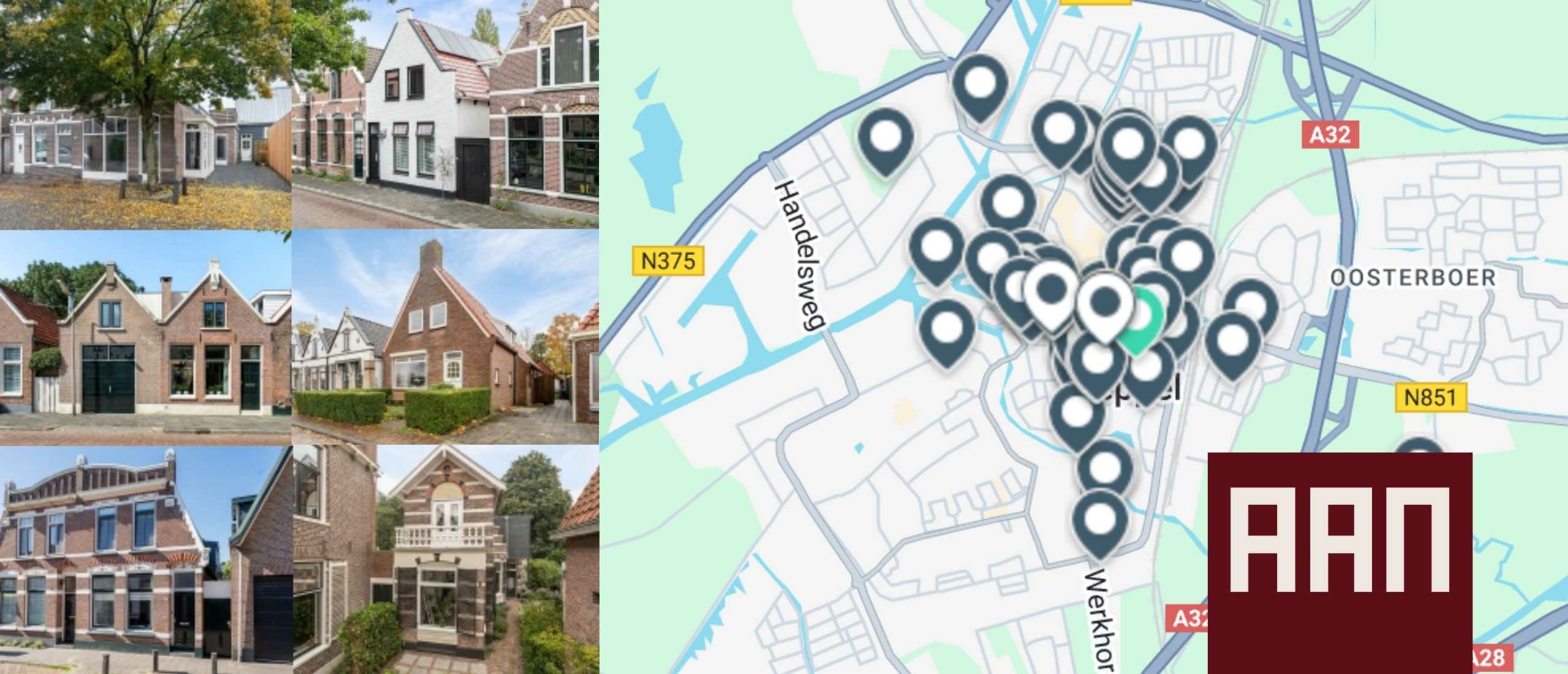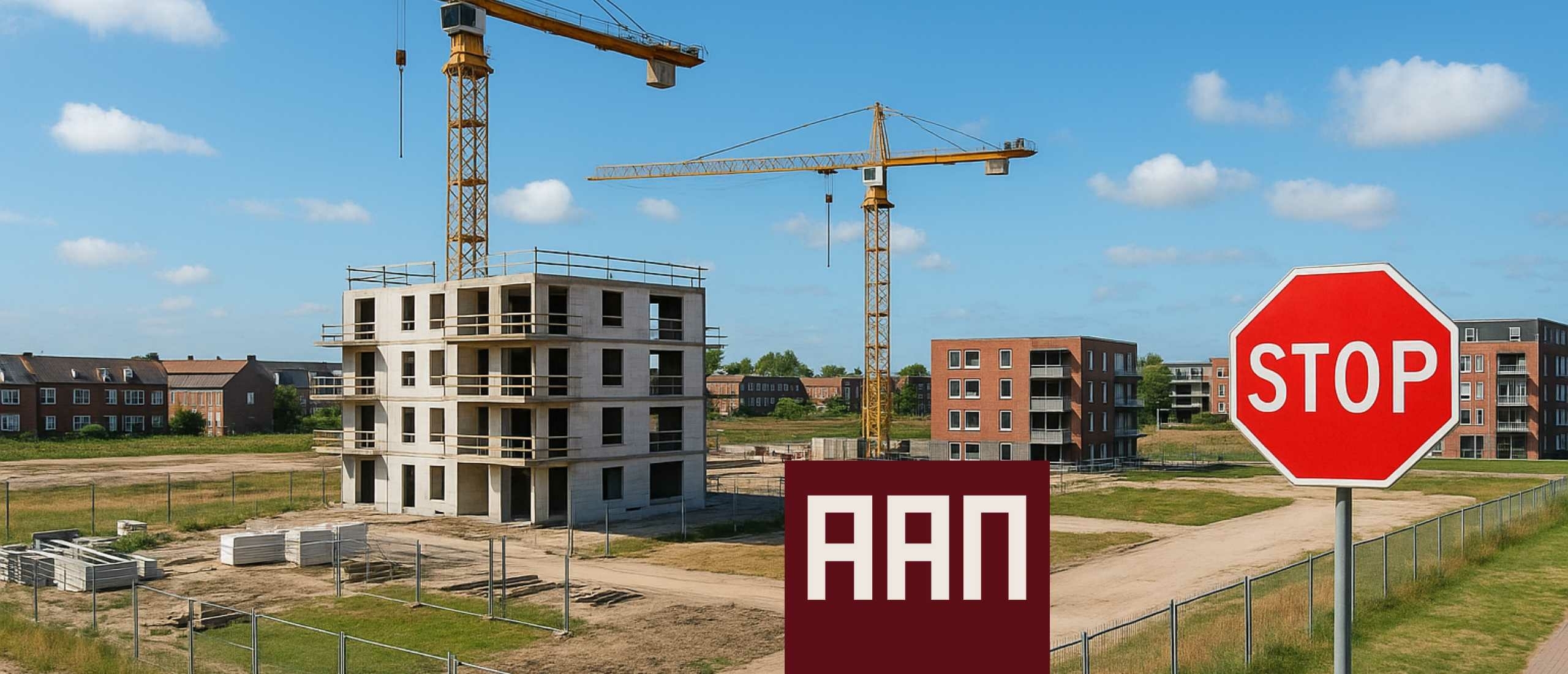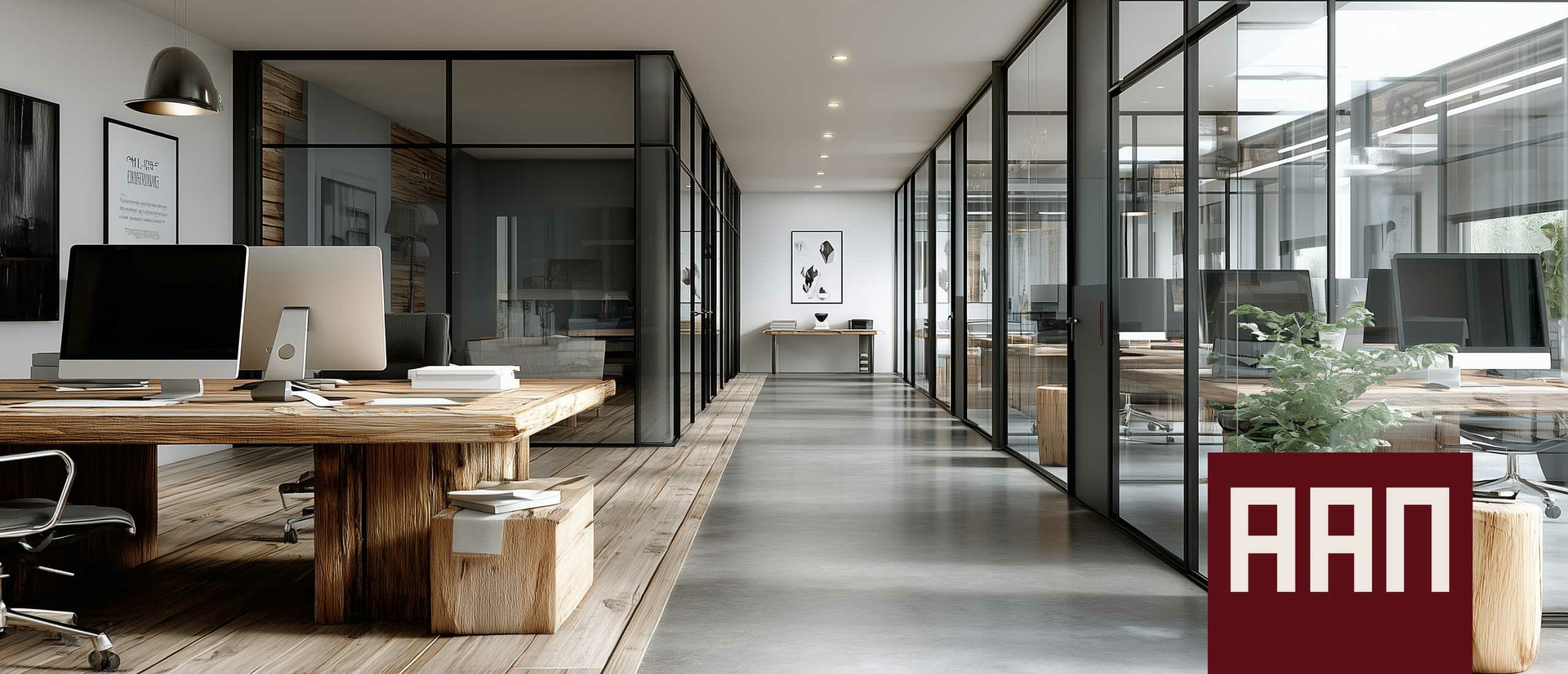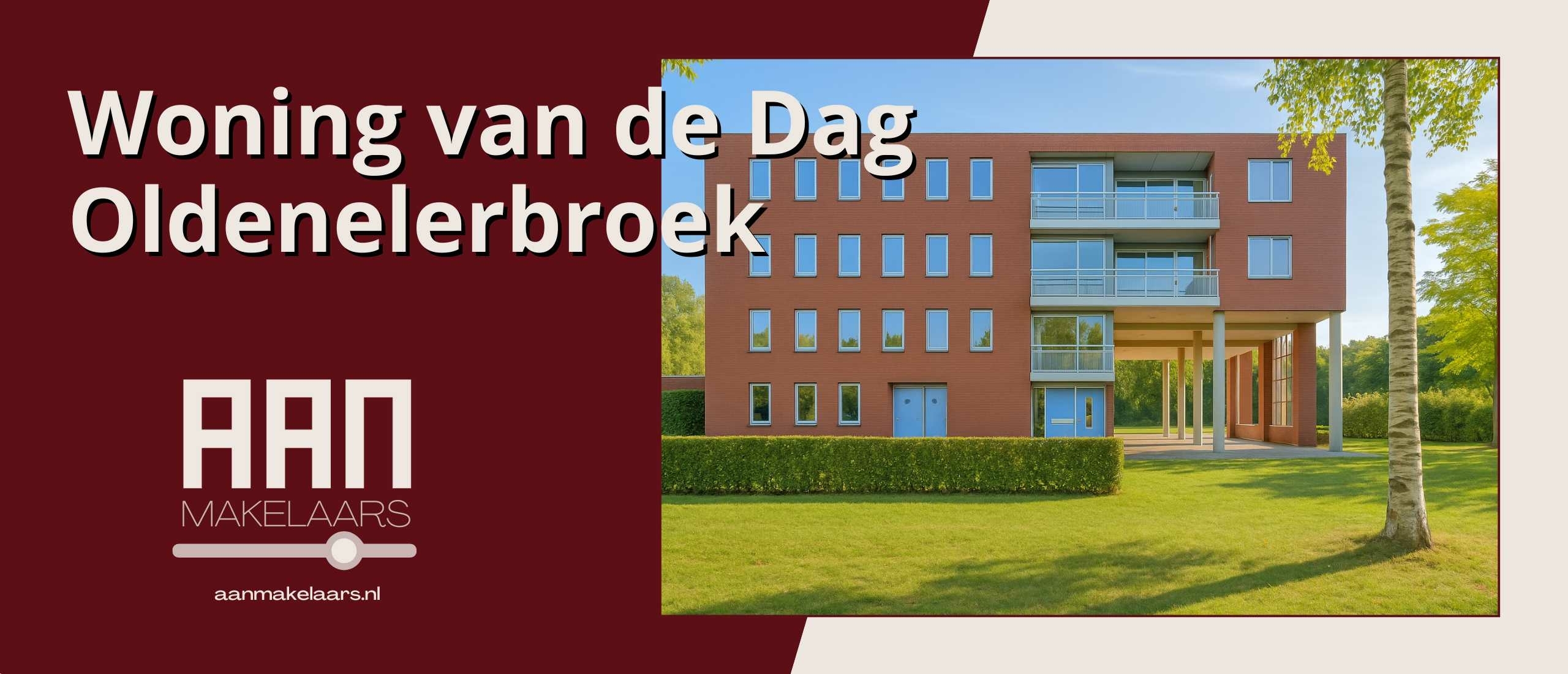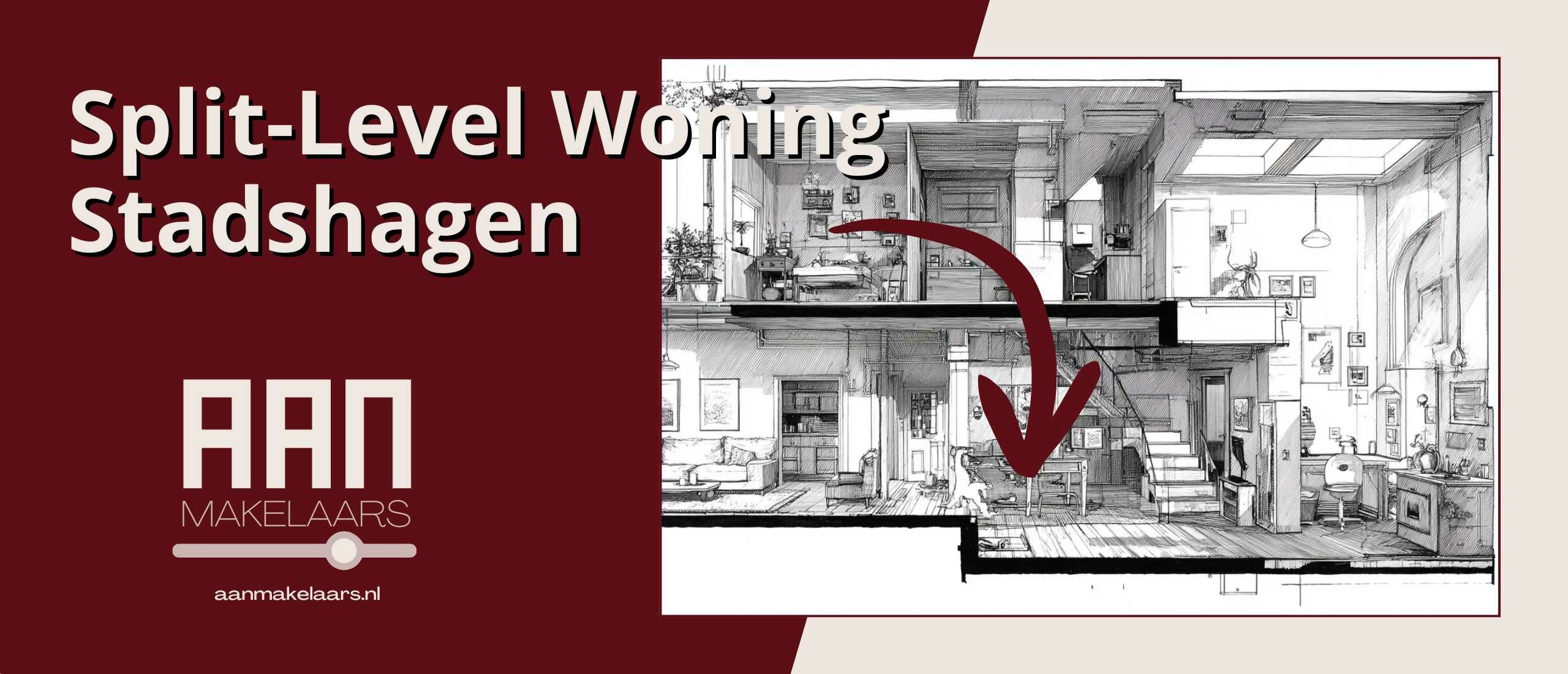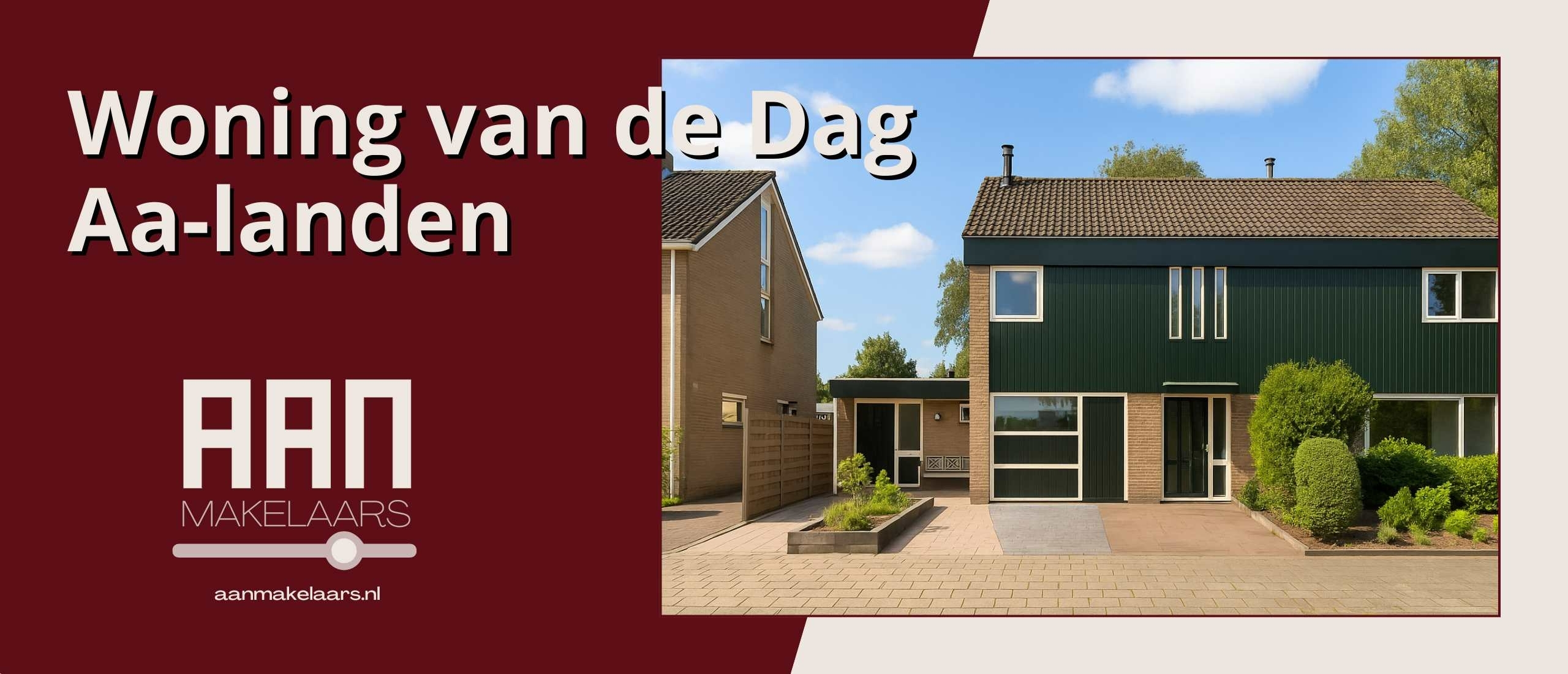
Create Your Perfect Home Buying Wishlist
Buying a home is one of the most important decisions in your life. Whether you're a first-time buyer at the beginning of your housing journey or you want to take the next step, the success of your search largely depends on how well you know what you want beforehand.
A well-thought-out wishlist is your most important tool for a successful home purchase. You may be at the beginning of your housing career, or you want to take the next step. Create a kind of housing profile so you know what you want.
Prefer watching instead of reading? This video highlights the practical tips, smart strategies, and key insights, all in just a few minutes.
Start with a Two-Column Approach
I advise you to make a list with two columns. In the first, you list the features that a home absolutely must have. In the second column, you put down any extras that would be nice to have. For example, in column one, you put down a minimum of three bedrooms, and in column two, a glass conservatory. A conservatory could potentially be added later when the garden is large enough.
Changeable vs. Unchangeable: The Key to Smart Choices
One of the most critical aspects when creating your wishlist is distinguishing between what you can and cannot change about a home. This knowledge saves you not only disappointment, but also unnecessary costs and stress.
Unchangeable Aspects You Need to Consider Carefully
- Location and Neighborhood: The location and neighborhood are perhaps the most important unchangeable aspects. You can replace a kitchen, but the neighborhood stays where it is. Think carefully about factors such as accessibility to your work, amenities in the area, the atmosphere of the neighborhood, parking possibilities, and the prospects of the area.
- Property Orientation and Position: You also cannot change the location of the property. The orientation of your house determines how much sunlight you get. A home facing north gets less sun than a home facing south. You also cannot change the location relative to busy roads, railway lines, or industrial areas.
- Property Boundaries and Plot Size: The property boundaries and plot size are also fixed in principle, unless you can buy an additional piece of land. The size of your plot determines the possibilities for expansion. You cannot make a small garden bigger, even if you would like to.
- Structural Limitations: There are structural limitations, such as load-bearing walls, the foundation, and the height of the house, that usually cannot be changed without major and costly renovations.
Changeable Features Where You Can Be Flexible
- Interior and Finishing: Interior and finishing, such as floors, walls, and doors, can be relatively easily replaced or adapted to your taste.
- Kitchen and Bathroom: The kitchen and bathroom can also be arranged to your wishes, although these are substantial investments.
- Installations: Installations such as heating, electricity, and plumbing, can be modernized, although this does come with costs.
- Minor Renovations: Smaller renovations, such as moving non-load-bearing walls, creating openings, or changing the layout, are also possibilities.
Practical Tips for Creating Your Wishlist
- Make It Concrete: Instead of "large living room," write "living room of at least 25 square meters." This helps you when evaluating homes and prevents discussions with your partner.
- Think About the Future: Consider how your life situation might change in the coming years. Plans for children, working from home, or caring for parents can influence your housing needs.
- Include All Residents: If you live together, make sure everyone gives input. Different priorities will then come to light early, which prevents discussions later.
- Be Realistic About Your Budget: Your wishlist must align with what is financially feasible. A villa with a swimming pool might be on your wish list, but it might not fit your budget.
Must-Haves vs. Nice-to-Haves: The Art of Prioritizing
Remember that you always have to make some concession or concessions somewhere because a home, in most cases, will not fulfill all your wishes. So, distinguish between must-haves and nice-to-haves. Depending on your housing wishes, you can give more priority to certain aspects.
Must-Haves: Non-Negotiable Features
Must-haves are features you don't want to deviate from:
- Number of bedrooms
- Minimum living space
- Accessibility to public transport
- Maximum travel time to work
- Energy label (because of monthly costs)
- Parking possibilities
Nice-to-Haves: Attractive But Not Essential
Nice-to-haves make a home more attractive but are not essential:
- Extra bedroom or study (If not necessary)
- Large garden versus small garden
- Balcony or roof terrace
- Walk-in closet
- Open kitchen versus closed kitchen
- Garage versus carport
You naturally decide for yourself what choices you want to make in this.
Specific Considerations by Property Type
Apartments
With an apartment, you pay attention to noise nuisance from neighbors, the height of the complex, the presence of an elevator, the maintenance of the complex, and monthly homeowners association fees.
Terraced Houses
With a terraced house, you think more about the location in the row. Is the house at the beginning, between other houses, or at the end? Noise nuisance from neighbors, the size of the garden, and expansion possibilities are also important.
Detached Houses
With a detached house, you focus on privacy, maintenance of the entire property, the size of the plot, and the energy costs of such a larger house.
New Construction vs. Existing Properties
New construction often means less immediate maintenance but a higher purchase price. Existing construction can have more character but may require more maintenance.
Regarding new construction, there is also a difference in delivery level, and in most cases, you will have to purchase and lay the floors yourself or have them laid. You also have to treat or finish the walls yourself with paint or wallpaper in most new construction cases. Sometimes the home is delivered basic without a bathroom or kitchen. Pay close attention to this when buying a new construction house.
The Role of Emotion in Home Buying
Besides this, buying a house is also about feeling, and you should not ignore this feeling. So the art is to find the right balance in this. A home can seem perfect on paper, but if it doesn't feel right during the viewing, then listen to your intuition. Many people I ask why they bought the house at the time give as an answer: "This house felt right immediately!" This confirms that in most cases, we don't decide rationally, but emotionally. And there's also a danger in that.
At the same time, you have to be careful not to fall in love with details that can distract you from more important things. A beautiful garden can make you forget that the home is too small for your family situation. Here, the future vision is extremely important because nobody knows nowadays where the housing market is heading.
Step-by-Step Guide to Creating Your Wishlist
- Step 1: Brainstorming Session Sit down with your partner or housemates and write down everything you find important, without taking feasibility into account.
- Step 2: Categorize Everything. Divide all points into the categories must-have, nice-to-have, and unimportant.
- Step 3: Prioritize Within Categories. Put the points within each category in order of importance.
- Step 4: Reality Check Check whether your must-haves are realistic for your budget and the housing market in your search area.
- Step 5: Build in Flexibility. Determine which nice-to-haves you could make compromises on if the perfect home is a bit more expensive.
In practice, you will notice that no house is perfect and you always want to change something when you have bought it. That's also fine.
Common Mistakes When Creating Wishlists
- Being Too Perfectionist: No home is perfect. Be prepared to make compromises on less important matters.
- Forgetting Maintenance Costs: People often forget to take maintenance costs into account. A large house or old home can require more maintenance than you expect.
- Only focusing on the Present: Think about how your housing situation might be in five or ten years.
- Underestimating the Neighborhood: A perfect home in a bad neighborhood is often not a good investment.
- Making Emotional Decisions: Don't get carried away by emotional decisions and superficial things that are easily adjustable.
Using Your Wishlist During Property Viewings
- Bring Your List: Take your list with you, on paper or your phone. This helps you stay focused during viewings.
- Make Notes: Record for each home how it scores on your most important points.
- View Multiple Properties: Only compare after you have seen at least three comparable homes.
- Stay Objective: Try to evaluate each home based on your list, not just on feeling.
- Discuss Afterwards: Talk with your partner about how the home scored on your joint list.
Your Wishlist as a Negotiation Tool
Your wishlist can even help with negotiations, although this is a subjective matter. If a home doesn't meet some nice-to-haves, you can try to use this to justify a slightly lower price. Conversely, if a home checks almost all the boxes, this might justify a slightly higher bid.
When to Adjust Your Wishlist
It's normal for your wishlist to evolve during your search. Maybe you discover that certain things you found important turn out to be less important, or that you had overlooked something. Be open to these insights and adjust your list where necessary. However, don't change your must-haves too quickly. These are there for good reasons, and it's tempting to adjust them for a home you've fallen in love with.
Professional Insight
As a real estate agent, I regularly see people at multiple homes who have no idea what they're looking for. The difference between an apartment and a detached house is so great that there is doubt between the extremes. This also applies to neighborhoods; less housing supply can strengthen the doubt, forcing you to look elsewhere. Before making an appointment for a viewing, get your affairs in order and fill in that wishlist.
The clearer you have in mind what you want, the easier the search becomes. Get assistance from a buyer's agent when the process becomes too complicated. That's not a bad idea at all because the selling agent is there for the seller. It's logical that you then also take an expert on board who guides you.
Conclusion: Your Path to Successful Home Ownership
A well-thought-out wishlist is therefore the basis of a successful home purchase. By being clear in advance about what you want and what you don't, you save time, prevent disappointments, and increase the chance of a home where you will be happy for years to come.
Don't forget that compromises are part of the process. It's about making conscious choices and being satisfied with the result. A home that fulfills 80% of your wishes and where you feel at home is better than endlessly searching for the perfect home that might not exist.
Ready to get started with your wishlist? Download our free sample wishlist template that you can adapt to your specific needs. No registration required – simply download and begin your journey to finding your perfect home.


